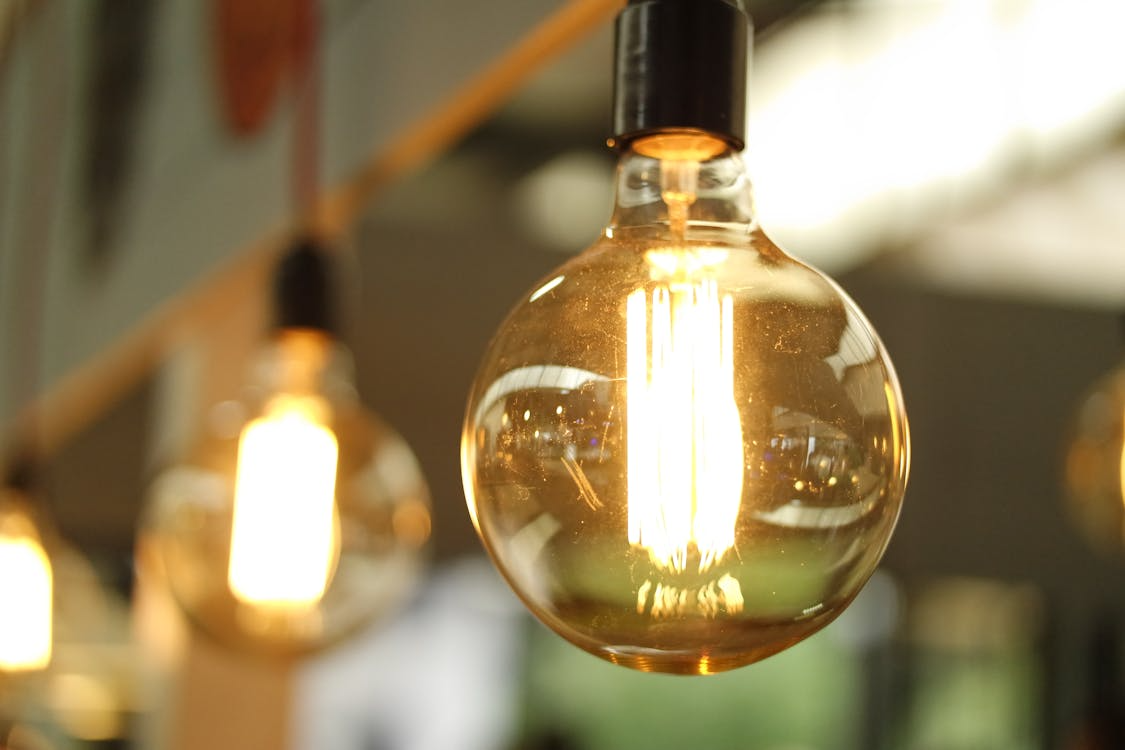
Queenslanders are paying more than ever for electricity, yet the debate over how to power the state is far from settled.
The government has unveiled a plan that keeps coal plants alive for decades while courting billions in renewable energy investment.
How will this balance between old and new energy sources affect your bills—and your future?
The LNP government revealed its long-awaited five-year energy roadmap today, scrapping Labor's plan to close coal-fired power units by 2035 and introducing a $400 million Queensland Energy Investment Fund.
Energy Minister David Janetzki announced the shift at the Queensland Media Club, noting the government subsidises electricity for regional Queenslanders to keep costs consistent across the state, while coal will remain a key part of the energy mix for 'decades'.
Queensland households currently face an average annual electricity bill of $2,143, or roughly $536 per quarter, with prices per kilowatt-hour ranging from 26.33¢ to 33.52¢ and daily supply charges between 82.66¢ and 126.17¢.
Two quarterly instalments of $75 will automatically be applied to bills on 31 July 2025 and 1 October 2025, while vulnerable households, including seniors, pensioners, and concession cardholders, may claim a $386.34 rebate under the Queensland Electricity Rebate.
The extended operation of coal plants aims to maintain grid reliability while renewable energy capacity grows, helping avoid the sudden price spikes seen in other states during rapid transitions.
'This is a sensible and pragmatic plan built on economics and engineering, not ideology.'
Queensland Energy Investment Fund
The $400 million Queensland Energy Investment Fund, managed by the Queensland Investment Corporation, is designed to attract private sector investment in energy projects and support collaboration with government-owned corporations.
Janetzki described the fund as 'an open door to all renewable investment proponents', bringing projects from origination to operation while establishing an 'investor gateway' by year's end to link private developers with state energy corporations.
Coal Plants Extended Until 2046
Under the new plan, Queensland's coal-fired power stations will operate until 2046, a significant extension from Labor's planned 2035 phase-out.
While legislated renewable energy targets have been scrapped, the government maintains its commitment to net zero emissions by 2050, with the 75 per cent emissions reduction target by 2035 currently under review.
The approach recognises Queensland's energy security depends on reliable baseload power, particularly during hot summers when air conditioning demand soars.
Copperstring Project Boosts Regional Power
A key highlight of the plan is the Copperstring project—a 1,100 kilometre transmission line linking Townsville to Mount Isa, bringing regional towns and mines into the national electricity market for the first time.
After cost blowouts raised the project to $13.9 billion, the government identified $2.21 billion in savings and will seek private investment for sections of the line, with construction in Hughenden expected to start by the end of 2025.
For regional Queenslanders, Copperstring promises more than infrastructure—it represents energy security, economic development, and reliable power comparable to coastal areas.
Queensland households will benefit from the automatic $150 electricity rebate in 2025, with eligible seniors and concession cardholders receiving an additional $386.34.
Compared with other states, Queenslanders enjoy relatively low electricity prices, averaging 29.72¢ per kWh, with the state's strategy prioritising affordability and grid stability over aggressive renewable targets.
For seniors, the policy means more stable power during extreme weather and financial relief through rebates, while regional residents gain improved energy access and potential economic growth.
The government's strategy of maintaining coal capacity while investing in renewables aims to avoid sudden price increases that disproportionately affect fixed-income households.
What This Means For You
Queensland's coal plants will now operate until 2046 instead of 2035, providing long-term energy reliability while the state continues to build renewable capacity.
The $400 million Queensland Energy Investment Fund is designed to attract private investment in renewable projects, supporting a smoother transition to greener energy.
The Copperstring transmission line will connect regional areas to the national electricity market, improving energy security and ensuring remote communities have reliable power.
For households, the government is offering a $150 electricity rebate in 2025, with eligible seniors receiving an additional $386.34, helping ease the cost of living and making energy more affordable.
This approach means families, particularly those on fixed incomes, can enjoy more stable electricity bills while benefiting from new infrastructure and investment in the state’s energy future.
If you’re looking for more ways to reduce your upcoming electricity bills, there’s another helpful story worth checking out.
It highlights how a $75 electricity payment can provide relief just as power prices are rising, offering practical tips to manage costs.
Following this guide could make your next bill a little easier to handle while you explore available rebates.
Read more: Your final $75 electricity lifeline arrives in October—just as power prices surge up to 10 per cent
Queensland Government to establish $400m energy fund — Reports on the LNP government’s new five-year energy roadmap, including coal plant extensions and a $400 million investment fund for renewable projects.
[https://www.abc.net.au/news/2025-10-10/queensland-government-to-establish-400m-energy-fund/105874318(https://www.abc.net.au/news/2025-10...o-establish-400m-energy-fund/105874318[/URL)]
Price Changes From 1 July 2025—Ergon Energy — Details how the Queensland Government subsidises electricity for regional residents to align costs with other parts of the state.
[https://www.ergon.com.au/retail/residential/tariffs-and-prices/price-changes-from-1-july(https://www.ergon.com.au/retail/residential/tariffs-and-prices/price-changes-from-1-july[/URL)]
Compare QLD Electricity Providers (October 2025) — Provides the average electricity bill in Queensland at $2,143 per year, or about $536 per quarter, and outlines rebate eligibility for vulnerable households.
[https://www.money.com.au/energy/qld(https://www.money.com.au/energy/qld[/URL)]
Electricity Prices QLD Explained: Save on Your Next Bill | EcoFlow IT — Explains typical electricity rates in Queensland, ranging from 26.33¢ to 33.52¢ per kWh, and notes daily supply charges.
[https://www.ecoflow.com/au/blog/electricity-prices-qld(https://www.ecoflow.com/au/blog/electricity-prices-qld[/URL)]
EcoFlow US | 2025 Cost of Electricity per kWh: State-by-State Breakdown — Highlights that Queenslanders pay some of the lowest electricity prices in Australia, averaging 29.72¢ per kWh.
[https://www.ecoflow.com/au/blog/cost-of-electricity-per-kwh(https://www.ecoflow.com/au/blog/cost-of-electricity-per-kwh[/URL)]
Will Queensland’s balancing act between coal and renewables keep your power bills steady, or should the state be pushing harder on green energy?







